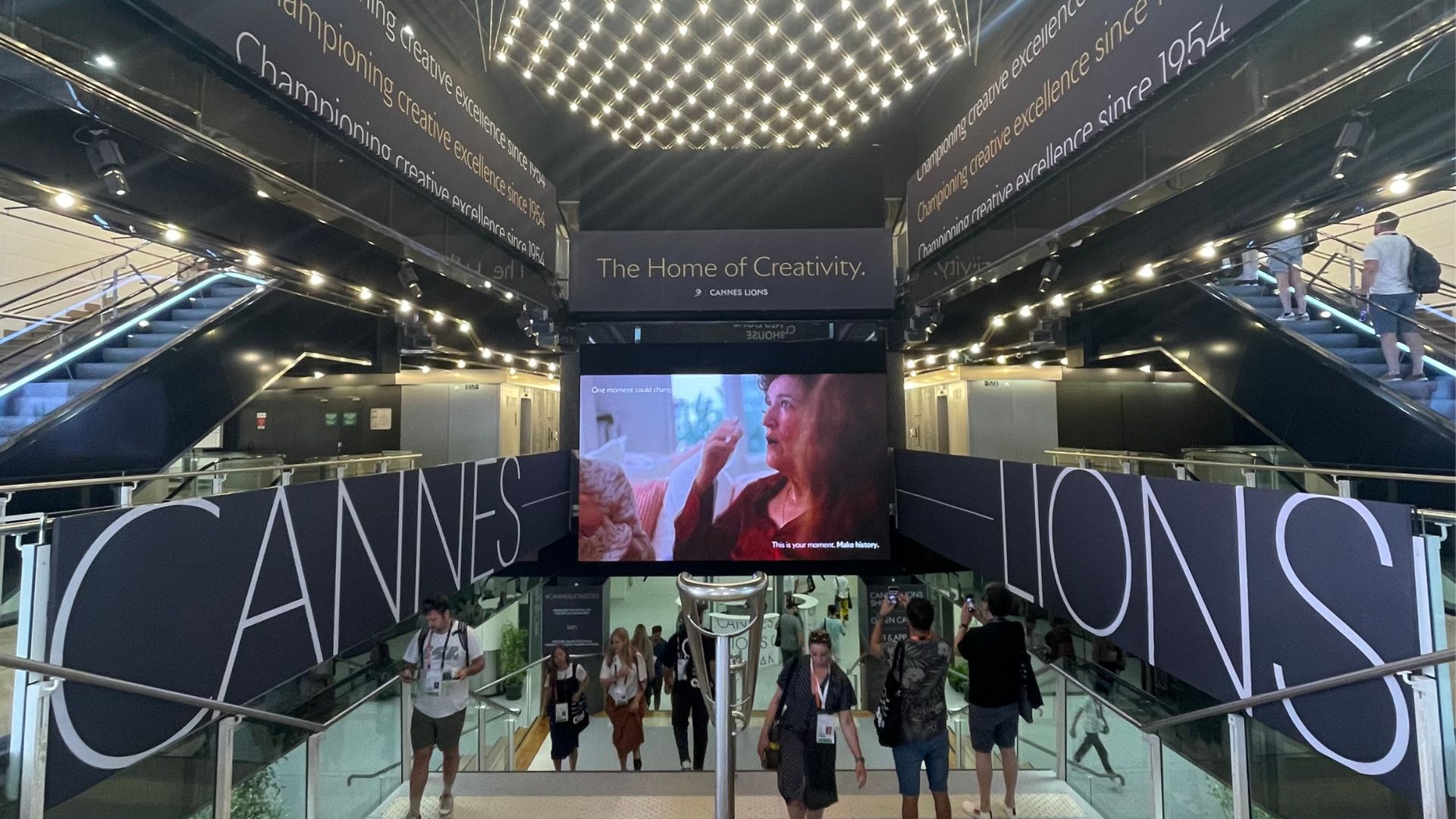 We all know the misguided stereotypes that have infiltrated the cultural conversation about Millennials – entitled, not ready to put in the work to get to the reward. While some of those attributes may apply to some in this category, as with all stereotypes, there certainly are no hard and fast rules that can define an entire generation – especially one as diverse as Millennials. I can personally attest to the fact that such sweeping statements are very off base.
We all know the misguided stereotypes that have infiltrated the cultural conversation about Millennials – entitled, not ready to put in the work to get to the reward. While some of those attributes may apply to some in this category, as with all stereotypes, there certainly are no hard and fast rules that can define an entire generation – especially one as diverse as Millennials. I can personally attest to the fact that such sweeping statements are very off base.
I’m a thirty-year-old new mom who works full-time. Before having our son, my husband (who also works full-time) and I sold our starter house and moved into a new home, which we gutted and renovated. The majority of my friends, who are within my same age group, are in similar situations – they’re married, they have at least one child, they live in a single family house, and their lives are focused on their family, their home and their career (in fact, 20 million U.S. millennials are parents, according to Census data). We are a segment that I like to refer to as “grown-up” Millennials – a group of people who have worked hard to establish ourselves amidst one of the most challenging economic environments in recent times. We know the value of a dollar and we want to spend our hard-earned money on the thing that matters most: family.
The ability to focus on family goes hand-in-hand with creating and maintaining an environment where its members can thrive, which is why the home is very important to this grown-up segment of Millennials – it’s the one place they can unplug from their world. Yes, even Millennials unplug when there is a spouse to watch Game of Thrones with, a dog to walk, a diaper to change, or a toddler to chase!
Brands take heed: Now is the time to tap into the grown-up Millennials’ desire to invest in their home.
Here are a few traits about grown-up Millennials to consider:
- They are practical. They’re more interested in adding real value to their home than they are in spending on expensive, impractical items like formal china and fine crystal. This preference was also corroborated in research Ketchum recently conducted with Pardee Homes and BUILDER.
- They don’t like to be “advertised at.” They want brands to meet them where they are with authentic, relevant information – and they seek multiple sources before making a purchase decision (click to tweet).
- They don’t just research online – they buy online. They research online and it’s unlikely it will drive them to make in-store purchases.
So – how do smart brands use these considerations to drive transactions?
- Be practical. If you are asking them to make a big investment, show them the pay off; the WHY! This type of rational info can be creatively communicated through influencer content, infographics, Vine videos, and more.
- Multiple touch-points are a must. We know Millennials are consulting multiple resources to inform their decisions, so brands have to leave a trail of breadcrumbs that helps guide the way to a purchase. From relevant influencers to earned media to paid social, marketing campaigns must involve several different communication channels.
- If you can’t beat ‘em, join ‘em. Offer tools that prevent them from having to set foot in a store. Home improvement brands now offer tools that allow the user to upload photos of their room and see the impact that fresh fixtures, a new paint color or even a wall removal could have.
We’ve seen the grown-up Millennial evolve into a highly sought after consumer target. This growing trend of their increased focus on creating and maintaining a home is an open ground – get in early, meet them where they are and deliver relevant information about your brand and products.


